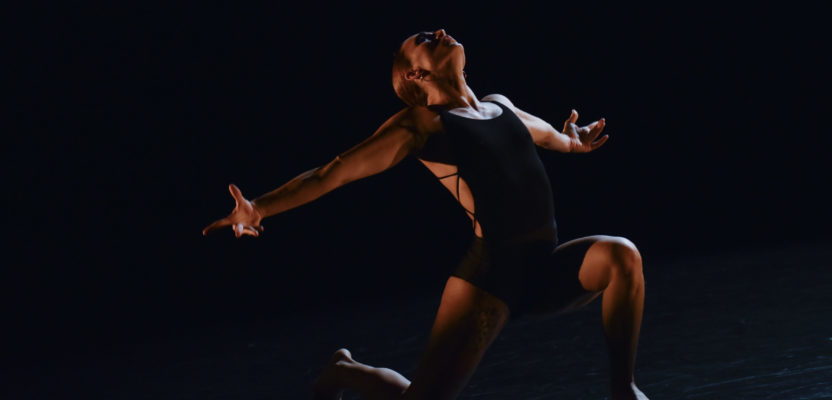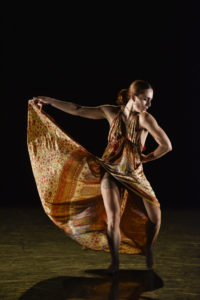
Viola Chiarini: Dance, Feminism, and Healing – Her Artistic Journey
In the March edition of Get Down Mag, Viola Chiarini offers us an intimate insight into her artistic universe, marked by her deep commitment to mental health, her feminist approach to art, and the horizons she aspires to explore in her future projects.
Background
From the age of 7, Viola immersed herself in the world of dance, joining a school in Florence where she honed her passion and talent for many years. It was at the age of 14 that her artistic trajectory took a decisive turn thanks to a teacher who introduced her to the rhythms of hip-hop, and more specifically, locking. This encounter opened up a new world to Viola, filled with battles, performances, and events that would enrich her vision of dance.
In 2014, Viola flew to Paris as part of an Erasmus program related to her studies in psychology, a city whose cultural vibrancy had always fascinated her and where she harbored ambitions of professionalizing in dance. Despite her uncertainties, she chose to anchor herself in the French capital, driven by an incessant desire to learn and improve. Thus, she enrolled in a master’s program in dance therapy, reconciling her artistic aspirations with her interest in psychology.
The integration of mental health, introspection, and emotional management into her creations naturally stems from her academic and personal journey. Viola Chiarini emerges as a committed artist, whose work dances to the rhythm of her convictions. Her art is first and foremost a vector of well-being and social reflection.
Armonia
Viola Chiarini’s work Armonia perfectly embodies her artistic dedication, presenting a solo piece that explores an ancient Italian healing ritual, tarantism. Driven by creative urgency and the desire to share her introspective quest and reflections on her roots, Viola gave birth to Armonia after a demanding creative process. At the heart of this performance lies tarantism, a folk tradition rooted in Apulia, southern Italy, emerging from an ancient belief that the venomous bite of the tarantula plunged its victims, often women, into a state of madness requiring a healing ritual through music and dance. These women, burdened by the demands of patriarchy, found in this ritual a means of liberation.
Healing through tarantism unfolds to the rhythm of frenetic dances and captivating music, played by local musicians, allowing victims to symbolically rid themselves of the poison of the bite. Armonia weaves together art, dance therapy, and a form of feminism.
I’m not sure if I would qualify myself as an activist like others, but I try in my own way, with my art, to convey tools in line with my values.

Commitments
Outside of her artistic projects, Viola, as a dance therapist, invites women who have experienced violence to express and liberate themselves through movement. For three years, she has been leading workshops at La Maison des Femmes at the Pitié-Salpêtrière hospital, providing a safe space where dance helps to alleviate suffering.
Beyond her work, Viola conveys feminist messages and activism that are also reflected in her collaborations, such as with the play Royaume by Hamid Ben Mahi, which gives voice to women and highlights the inequalities they endure.
With growing ambitions, Viola is preparing to take on new challenges as a choreographer and artistic director for her second piece, following her impactful solo. At the same time, she is embarking on an acting training, not to move away from dance, but to enrich her artistic spectrum.
Find Viola and her vision of art in her show Armonia, on March 22nd at the CORSO and March 23rd at MARS (Mons arts de la scène) in Guerrières.
(c) Benoît Fanton